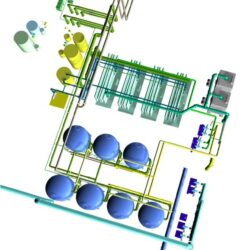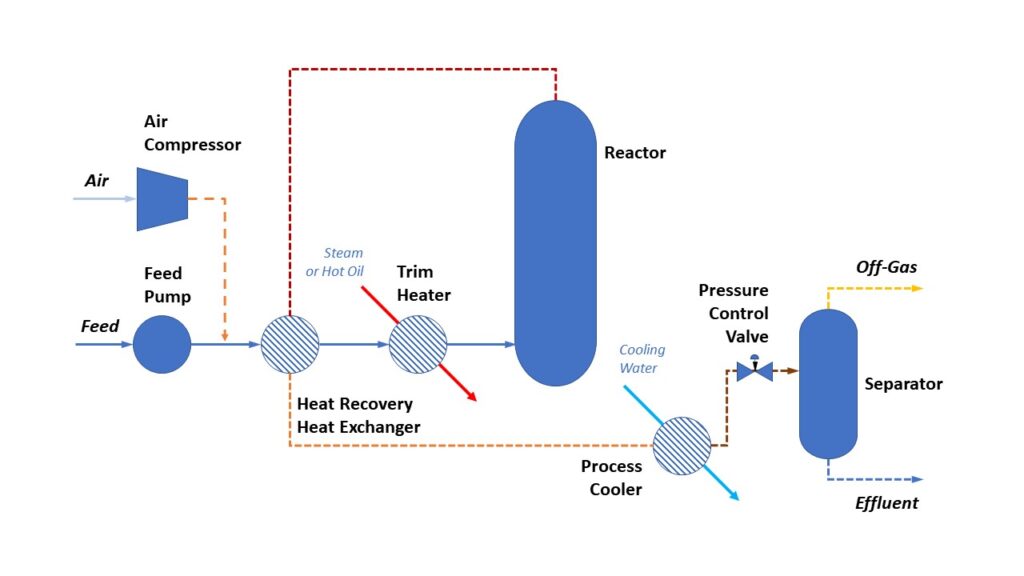Editor’s note: For more information see the ABC Associated Press Video Footage from January 30, 2024
On January 10, 2011, my sales representative left me at the Pensacola airport and headed home to Birmingham, Alabama to hunker down. This sales trip was scheduled for Mobile, Opelika, and Montgomery then onto the Atlanta area for the last half of the week.
At 9:00 am, I reported in. My boss refused to let me buy a same-day ticket and abandon my trip as the ice storm started crossing into Alabama and Georgia. I was ordered to keep the rest of my itinerary and get to Atlanta.
I rented a car and headed up towards I-65 on the US highways. It was starting to freeze and the roads were slippery. I watched the groups of truckers tracking in in each other’s ruts. I fell in behind one of them, at a respectful distance. I understood that they would set the safest pace, and while my tires didn’t track perfectly in their ruts, I had two wheels in a good place in the lane.
I drove the next 250 miles moving from I-65 to I-85 in Montgomery, Alabama, and was approaching the Atlanta area near sundown. I found an Atlanta radio station carrying the traffic report, and it warned of gridlock conditions on the beltway and in downtown. I exited I-85 10 miles short of the beltway and connected with to US 29 to US 41 to US 19 and then up to Sandy Springs.
At 8:00 pm, my sales rep was quite clear to me that no one was going to be in the office for the next several days and I should just find a hotel. Sandy Springs and Five-Points were all booked. Hilton, Marriott, Holiday Inn, Motel 6, all booked. I called home for internet help.
With help, I was able to book an independent motel room, unfortunately near the airport. At 11:00 pm I checked into the Regency Inn, a pretty humble place, but it was warm, clean, and it had a bed.
The next day I turned in the car at the airport, found a better hotel near a MARTA station where I settled in for the next few days until I could take my regularly scheduled flight home on Friday, January 14th.
I have as much bad-weather winter driving experience as anyone could want. Growing up in the Upper Peninsula of Michigan, going to college at Michigan Tech, in Houghton, Michigan, visiting Ogden, Utah grandparents by car over the continental divide on I-90, and now this experience gave me more than my share. During that week, I had plenty of time to reconsider whether it was worth it to risk my life like that for a job.
It wasn’t.


